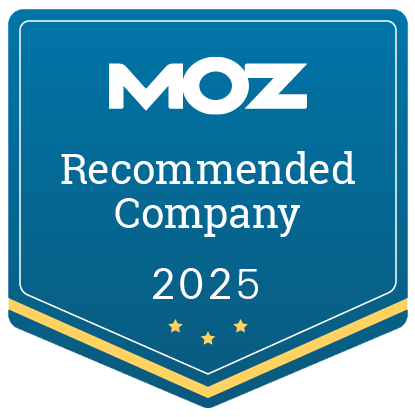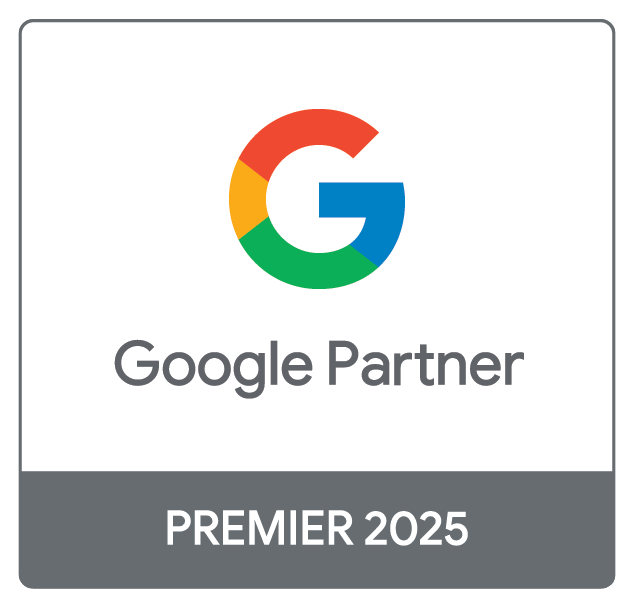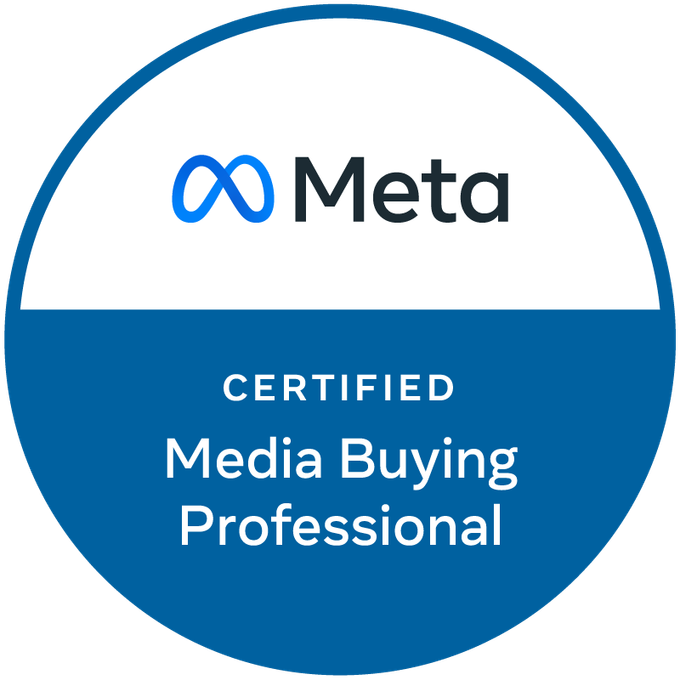Zero-click searches are no longer the exception—they're the rule. As of 2025, the majority of Google queries end without a single click. In fact, nearly 60% of search queries don’t result in a click. That means more users are getting the information they need right on the search results page. For marketers and SEOs, this presents a new challenge: How can you stay visible in a digital world where fewer users are visiting your website?
This guide unpacks the latest data and trends behind zero-click searches and offers practical, up-to-date strategies for staying competitive. Now’s the time to pivot and rethink your organic strategy for the no-click era.
What Are Zero-Click Searches?
A zero-click search happens when Google (or another search engine) answers a user's question right on the SERP, eliminating the need to click through to a website. These results are designed for speed and convenience—but they’ve also disrupted the traditional click-based funnel that content marketers have relied on.
You'll recognize them in formats like featured snippets, knowledge panels, People Also Ask (PAA) boxes, local packs, and the latest addition—Google’s AI Overviews. A 2025 study by SparkToro shows that 63% of searches now result in zero clicks, and that number is climbing, thanks to the rise of mobile and AI-generated results.
Why This Matters More Than Ever in 2025
In short, fewer clicks mean fewer opportunities for traffic on your site. But zero-click visibility isn’t valueless. Quite the opposite—it plays a growing role in brand recognition, trust-building, and SERP dominance.
If your stellar content earns a spot in a snippet or AI summary, it sends a clear signal to users (and search engines) that you're a credible, go-to source. The trick is to shift your SEO strategy to value impressions and visibility, not just traffic volume.
Understanding Zero-Click Searches
Zero-click searches come in a variety of formats. You’ve probably seen most of these before:
✂️ Featured snippets answer a question with a short paragraph, list, or table.
🧠 Knowledge panels display brand or entity info pulled from trusted sources.
💬 People Also Ask boxes provide follow-up questions and answers.
🤖 AI Overviews summarize answers across multiple sources using generative AI.
📍 Local packs show business listings and maps for location-based queries.
🗣️ Direct answers deliver instant facts—like conversions, definitions, or dates.
The common thread? They all fulfill informational or navigational intent—and they do it instantly. That’s why understanding search intent is critical. Not every query will (or should) be a zero-click target, but when users are just looking for a quick answer, being the brand that delivers it still puts you in a position of authority.
Why Zero-Click Searches Are Increasing
Several forces are driving this trend. First and foremost is the shift toward mobile-first and voice-first browsing. When users are searching via smartphone or smart speaker, they want fast, streamlined answers—not long-form content.
Then there's Google’s evolving goal: keeping users on the SERP for as long as possible. AI-powered features like Google AI Overviews and Gemini-based results are designed to serve up detailed, sourced answers right inside the results page.
While these innovations improve user experience, they also reduce traditional organic traffic. The key is not to fight the algorithm but to adapt your digital marketing strategy to stay visible and valuable.
Content Strategies for Zero-Click Optimization
In a zero-click world, the goal is simple: deliver fast, structured answers that align with search intent.
To boost your chances of showing up in featured snippets or AI Overviews:
- Answer questions early in your content—ideally within the first 2–3 sentences.
- Use clear formatting like bullet points, numbered steps, and tables.
- Add schema markup (FAQ, HowTo, LocalBusiness) to increase visibility.
Equally important is building topical authority. Google prioritizes content that demonstrates Experience, Expertise, Authority, and Trust (E-E-A-T). Regularly publishing high-quality, relevant content helps position your site as a reliable source for instant answers.
Optimizing for Visibility Without Clicks
Getting your content into a zero-click feature is only half the battle. Once you're there, you need to own that SERP real estate.
Start with your branded search results. Make sure your Google Business Profile is fully optimized with accurate information, regular updates, and strong reviews. This helps you control how your brand appears in local packs and knowledge panels.
But don’t forget about Google Posts, Q&A sections, and other elements within your business profile! They help populate SERPs with more branded content and keep users engaged—without relying on them to click through.
When it comes to People Also Ask boxes, aim to answer follow-up questions within your content using clear subheadings and concise copy. The more questions you naturally answer, the higher your chances of appearing in these sections.
Structured data also plays a huge role here. Implementing rich snippets—like Website, Organization, and HowTo schema—not only increases your chances of appearing in SERP features but also supports AIO optimizations by making your content easier for AI systems to understand and surface. It’s a powerful way to shape your brand narrative directly within the search results.
Measuring Success Beyond Clicks
Old-school SEO metrics like pageviews and CTR are still important—but they’re not the whole picture. To get a full view of SEO success, it’s important to look at the supplemental data that showcases your efforts.
In 2025, savvy marketers are also tracking:
- Impression share on key queries
- Featured snippet wins
- PAA appearances
- Engagement signals like time on page and scroll depth
- Brand search volume growth (a key sign that people remember your company)
Using SEO tools like Semrush, Ahrefs, and Google Search Console can help you monitor your presence in these new SERP features. Remember, visibility builds familiarity, and familiarity builds trust.
Zero-Click and AI Overview Optimization
With Google’s AI Overviews expanding rapidly, optimizing for these answers is becoming its own discipline. Some are calling it Answer Engine Optimization (AEO)—and it’s all about making your content machine-readable, high-quality, and direct.
Google’s generative overviews pull from multiple sources to synthesize a thorough answer. To be included, your content needs to:
- Be accurate and up to date
- Show clear E-E-A-T signals
- Use structured headings and natural phrasing
- Include concise, well-defined answers to common questions
The goal? Make your content the kind of source an LLM (large language model) would confidently pull from. Think clarity, authority, and value over word count or keyword density.
Future-Proofing Your SEO Strategy
SEO isn’t fading—it’s changing. To stay visible in a zero-click world, brands need to focus on early adaptation and smart content strategy, not just traffic.
That means striking a balance between:
- Snippet-ready content for visibility
- Conversion-focused pages to drive action
- Branded content that builds recognition
Use retargeting to reconnect with users who saw your brand in the SERPs but didn’t click. Repeated exposure—especially in authoritative positions—boosts trust and recall. And above all, invest in brand equity. As search becomes more AI-driven, recognition and trust will carry more weight than ever.
Adapt to Win with ZGM
The rise of zero-click searches doesn’t signal the end of SEO—it marks a new chapter. As the search results page continues to change and evolve, the real opportunity lies in showing up where it matters most: at the top of the SERP, in the answers, the overviews, and the conversations your audience is already having. It’s no longer just about driving traffic—it’s about earning trust, building visibility, and becoming the go-to source in your space.
If you're ready to future-proof your SEO strategy and stay ahead in this no-click era, let’s talk. Our team is here to help you rethink your content, optimize for modern SERPs, and grow your brand where it counts most! Contact us for an audit of your website to see how our team can help you optimize for the new world of search.
About the Author













